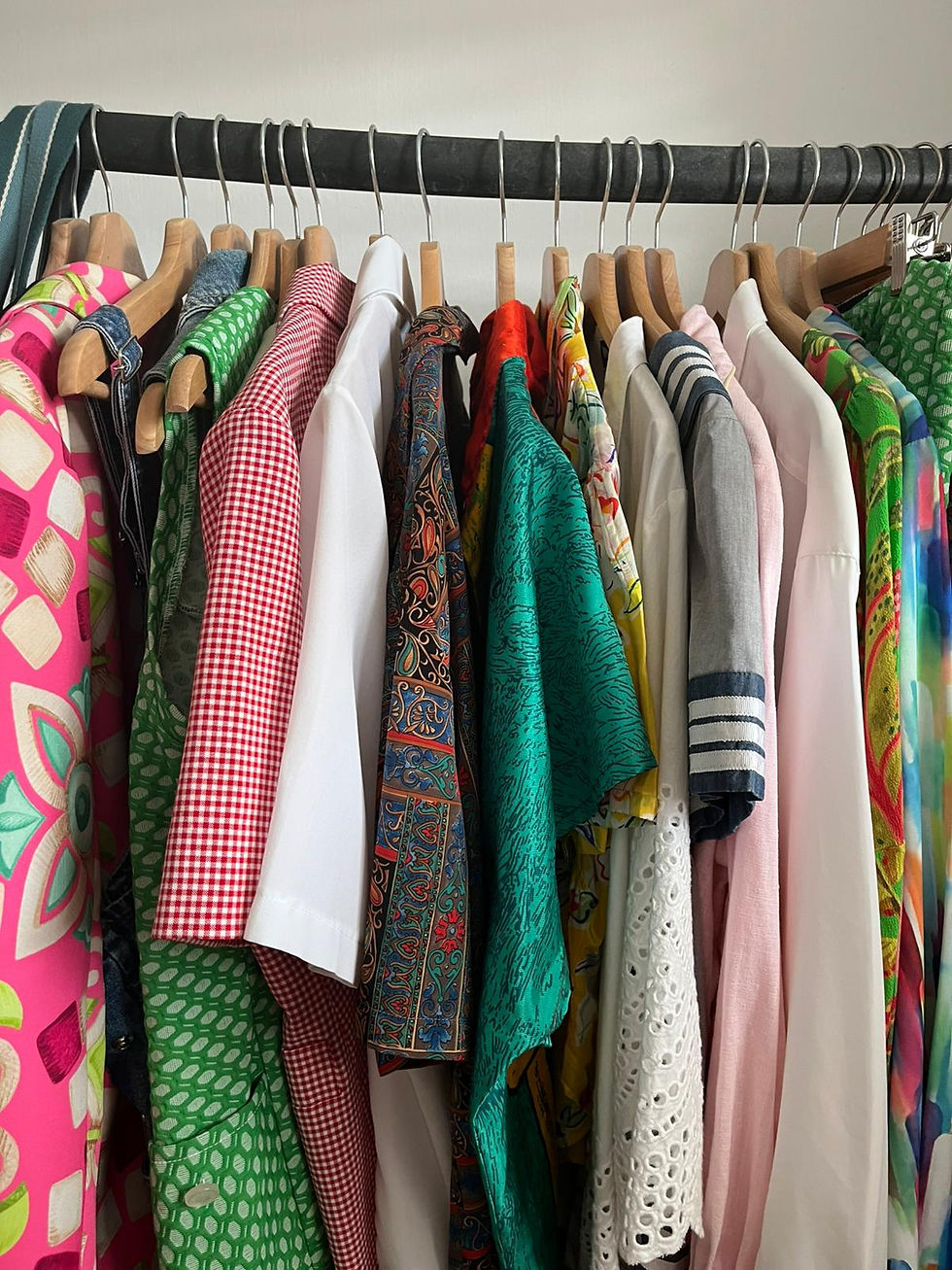Behind the Glamour: The Untold Stories of Luxury Fashion
- tamaralevy8
- Jan 5
- 2 min read
Luxury brands hold a unique standard, bridging craftsmanship and reputation. The price tags attached to their products aren't just about the clothing—they’re about the reputation, the legacy, and the promise of unmatched quality. But behind the facade of these iconic brands lies a more complex story, one that reveals the deep cracks in the fashion industry.

Chanel Womenswear Runaway in Paris - 2019
The Evolution of Quality
Traditionally, luxury was synonymous with unparalleled quality—handcrafted products, fine materials, and longevity. Yet, in an age of globalization and cost-cutting, cracks have begun to show. Once, a "Made in Italy" or "Made in France" tag was a mark of prestige. Now, spotting a "Made in China" label on a luxury item is not uncommon.Walk into a boutique, turn over a label, and you might find the words "Made in China."
Burberry, for example, manufactures some of its small bags there, a revelation that challenges the justification for the price tags.
While luxury brands insist on preserving their heritage, the integration of fast-fashion-like production methods suggests otherwise, leading to questions: can the price tag still be justified when the essence of the brand is no longer fully upholded? And when quality has been switched for convenience?
The Power of Influence
Luxury brands benefits from immense cultural power. They are the trendsetters, dictating what the world wears next. From runways in Paris to Instagram feeds, their creations inspire—and are quickly replicated. Fast fashion thrives by democratizing these trends for the masses and the chase for trends is antagonist to sustainability.
A Price Beyond the Product
Behind the luxury lies an opaque reality: the hidden labor and production practices that sustain luxury brands. Investigating supply chains is almost impossible—99% of luxury brands refuse to disclose information about their supply chain.
In 2024, An Italian court placed a unit of Giorgio Armani under judicial administration for employing Chinese workers in Italy from unauthorized subcontractors. These workers were reportedly paid as little as €2 an hour to craft handbags that would later sell for over €2,000. The irony is chilling: the brand name often surpasses the very quality and ethics its price implies.
The Allure of Quiet Luxury
In recent years, a new trend has emerged—quiet luxury. These brands trade logos for minimalist designs and timeless appeal, suggesting sustainability through longevity. Yet, even here, exploitation happens. Take Loro Piana, renowned for its vicuña wool sweaters priced over $10,000.
Behind this luxurious product is a decades-long history of underpaying Peruvian farmers, whose labor and traditions are essential to the product.
The Hope
Still, all is not lost. A few brands are showing the way forward. Stella McCartney, for instance, is championing transparency, using tracking and reporting to ensure ethical practices. Such initiatives prove that the luxury industry can evolve without losing its essence.
Luxury brands set the tone for global fashion, and their choices ripple across the industry. Yet, many fall short of sustainability and ethical standards. As consumers, our fascination with these brands gives us power—the power to demand better, for ourselves and for the world they so profoundly influence. The question is, will we use it?



Comments